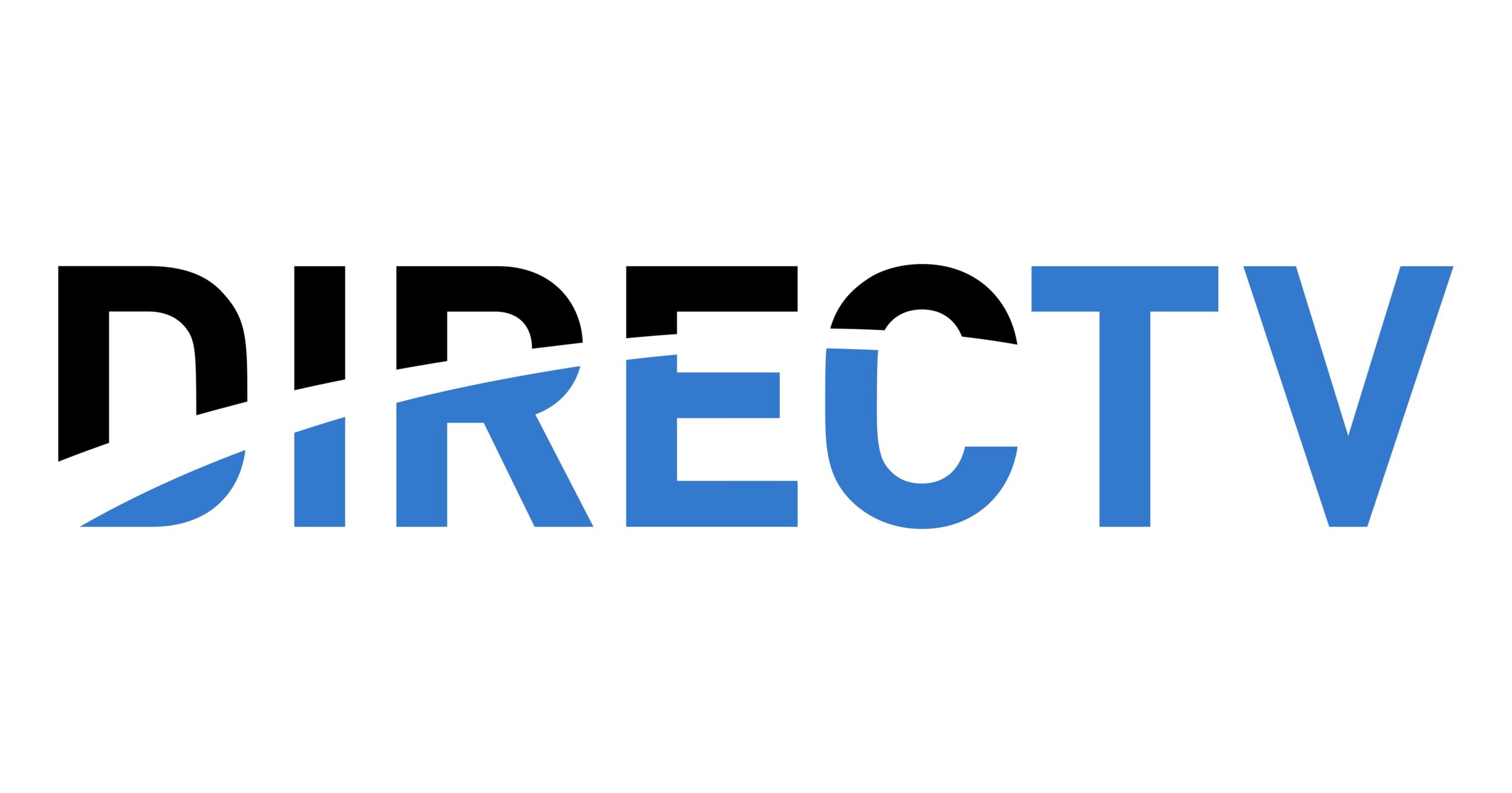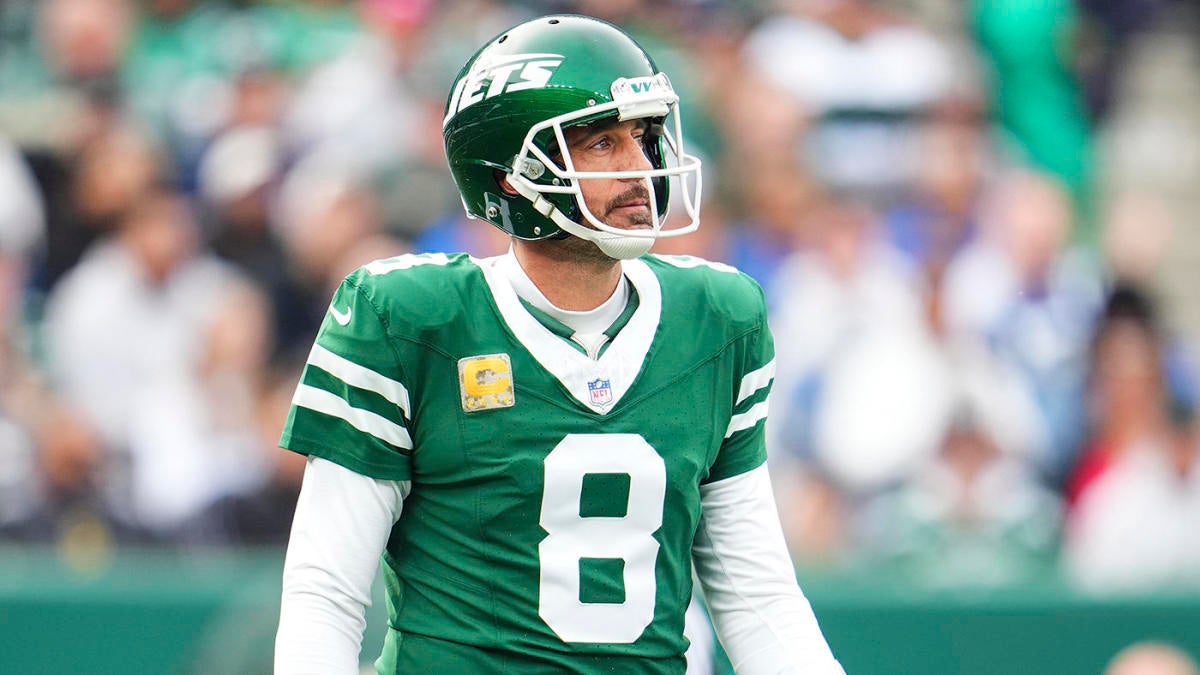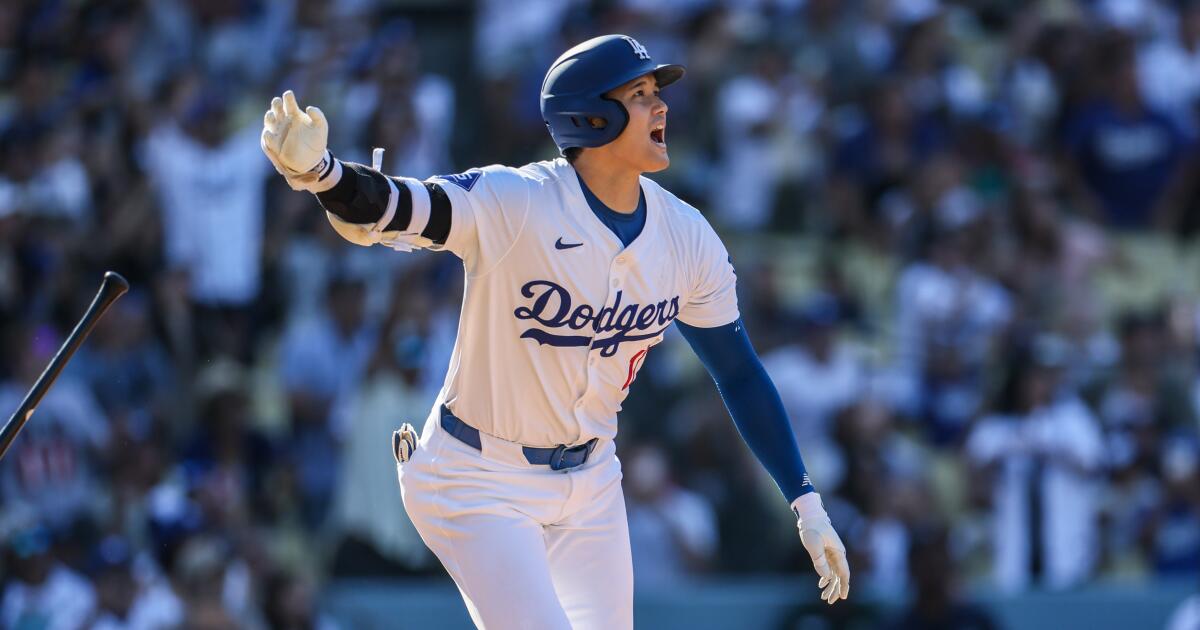Bussiness
2024-25 NBA Business Preview: Where the League Stands

The 2024-25 NBA season starts amid an era of change—fresh off a new round of media rights deals, a year removed from a new collective bargaining agreement, with its reigning champion about to go on the market. There are other changes on the horizon, with expansion likely coming and increasing internationalization of the sport inevitable.
Below, the Sportico staff breaks down where the world’s second-most valuable sports league stands in six facets of its business.
New League Economics
The NBA’s financial model began to shift closer to the NFL’s last decade when its TV deal tripled rights fee payments to teams. It will accelerate after this year’s 11-year, $76 billion agreement, which boosts the average annual payment more than 150%. The financial spread between the top and bottom clubs is shrinking, as league distributions become a greater slice of the overall revenue pie. This transformation and international opportunities that will also be shared are why the “get-in” price for an NBA franchise has doubled over the past four years.
Players share in the growth, as the salary cap is tied to the basketball-related income, which targets a roughly 50-50 split of BRI between owners and players. The cap ticked up only 3.3% this season after back-to-back years of 10% gains. The cap should rise the maximum 10% annually for the foreseeable future, moving over $300 million by the 2032-33 season with contracts worth more than $100 million per year. Steph Curry has the NBA’s top salary this season at $55.8 million. -Kurt Badenhausen
The Next Franchise Sale
In early July, less than two weeks after the Boston Celtics won their NBA-record 18th title, the Grousbeck family shocked the NBA by announcing they were putting the team up for sale. Patriarch Irving Grousbeck is around 90, and his family decided to liquidate its most valuable asset. They led a group that paid $360 million for the team in 2002; it is now worth more than $5 billion.
Since that announcement, the process has moved forward—albeit slowly. The ownership group hired a pair of banks to run the process, and Sportico’s understanding is that the “data room” was set to open right around the start of the season. That’s the point at which prospective buyers can examine the team’s financials, jumpstarting their own due diligence.
The Celtics will break the record for the highest valuation in an NBA control sale (currently $4 billion), but by how much? will be a closely watched question. The team has a lot of money committed to its stars, it’s a tenant in its arena, and the NBA’s new media deals are inked. This sale will be a good litmus test for sports valuations across the industry. -Eben Novy-Williams
Potential Expansion
NBA commissioner Adam Silver previously said he would turn his attention to expansion once the league finalized its next media rights plans. This summer the league inked a deal package. So, the conversation is back on the table again: When will the league expand?
“We’re not quite ready yet,” Silver said in September. “There’s certainly interest in the process, (but) we’re not there yet in terms of having made any specific decisions about markets, or even frankly to expand.”
Former Seattle Supersonics fans would like to know the answer, as residents are hopeful that a franchise will return to the Puget Sound after their club relocated to Oklahoma City in 2008. Rumors have been swirling that Seattle and Las Vegas are potentially the next two NBA cities. In the meantime, ownership groups, including one led by Vegas Golden Knights owner Bill Foley, are eager to be involved if the league does greenlight a team in Sin City.
The NBA, which last expanded in 2004, is taking a calculated approach to the matter. Silver has emphasized the complexities of league expansion, including selling equity in the league and how adding teams would impact the recently signed media deals. -Eric Jackson
A Lame Duck Media Season
Unless you’re one of the advertisers who’ll shell out a collective $1.3 billion for in-game inventory between now and the NBA Finals, there’s no sense in sweating the league’s TV ratings this season. The final campaign under the legacy nine-year, $24 billion deal with Disney’s ESPN and ABC and Warner Bros. Discovery’s TNT will also mark the last time the NBA will derive the bulk of its impressions from the moribund basic-cable universe, which makes the 2024-25 the lamest of lame ducks. (Picture the Oregon mascot tooling around the Eugene campus on a mobility scooter and you’re about halfway there.)
Which isn’t to say that the NBA’s swan song as a cable-first offering won’t do numbers; last season, the three primary TV partners averaged 1.6 million viewers per game, which is about where things stood at the close of 2022-23 … and 2021-22. And while overall deliveries are down nearly 20% in the last 10 years, that’s largely a function of the league’s over-reliance on the out-of-favor cable bundle, which since 2019 has shed 40% of its customer base.
In welcoming NBC back into the fold after a hiatus of more than two decades, the NBA is primed for a big broadcast boost once the 11-year, $76 billion media package kicks in next fall. Comcast’s over-the-air flagship will air around 50 regular-season games on Thursdays and post-NFL Sundays, a platform switcheroo that automatically expands the league’s reach by some 15.5 million households. None of which is to suggest that the TV ratings will ever again reach the dizzying heights of the Jordan era—that ship has sailed, and all hands were lost—but a 12% improvement, to 1.8 million viewers per window, isn’t out of the realm of possibility.

One caveat to bear in mind as the NBA reduces its dependence on the shrinking cable bundle: The league still leans hard on a man who will turn 40 at the end of the year, as LeBron James and the Lakers in 2023-24 accounted for seven of the 10 most-watched regular-season games. Another guaranteed draw, Steph Curry, is 36. Until the younger guys step up and at least one newly minted superstar can make a case for succeeding James as the face of the league, the spoils of NBA’s big retro movement may take some time to really pop. -Anthony Crupi
Officiating and Replay Debates
Officiating has been a point of contention, likely ever since the first time one of James Naismith’s students complained about a call in 1891.
Last season, NBA officials began whistling roughly four fewer fouls per game coming out of the All-Star break. The league says that will remain the status quo in 2024-25 after players adjusted to the slightly more physical and free-flowing style of play.

There has been one tweak to the rules, though: During replay challenges tied to out-of-bounds decisions, referees will now be able to retroactively call fouls on contact that contributed to the stoppage. In part, the update is a response to controversial plays at the end of Western Conference Finals Game 2 and NBA Finals Game 3. –Jacob Feldman
Historic Parity
For the first time in NBA history, six different franchises have won the past six championships. “We are witnessing unprecedented parity in the NBA,” deputy commissioner Mark Tatum told the media on Tuesday.
This is by design. The league’s collective bargaining agreement, which took effect in July 2023, restricts the roster construction abilities of teams whose spending on player salaries exceeds certain thresholds above the salary cap. These rules make it difficult for teams with talented rosters to keep those nuclei together for more than a few years. We have already seen the effects of the looming restrictions; directly following a conference finals run, the Minnesota Timberwolves traded All-Star Karl-Anthony Towns in part because his contract was going to become too expensive to stay under the dreaded “second apron” threshold.
The defending champion Celtics are poised for a repeat after bringing back their entire rotation. And yet, their 3-to-1 title odds are still less than every preseason favorite in the 2010s decade. After this season, Boston’s finances get dicey, with extensions kicking in for multiple starters that would take their payroll plus luxury tax bill in the range of $500 million combined.
The era of dynasties could be over, and that’s exactly how commissioner Adam Silver wants it. -Lev Akabas









